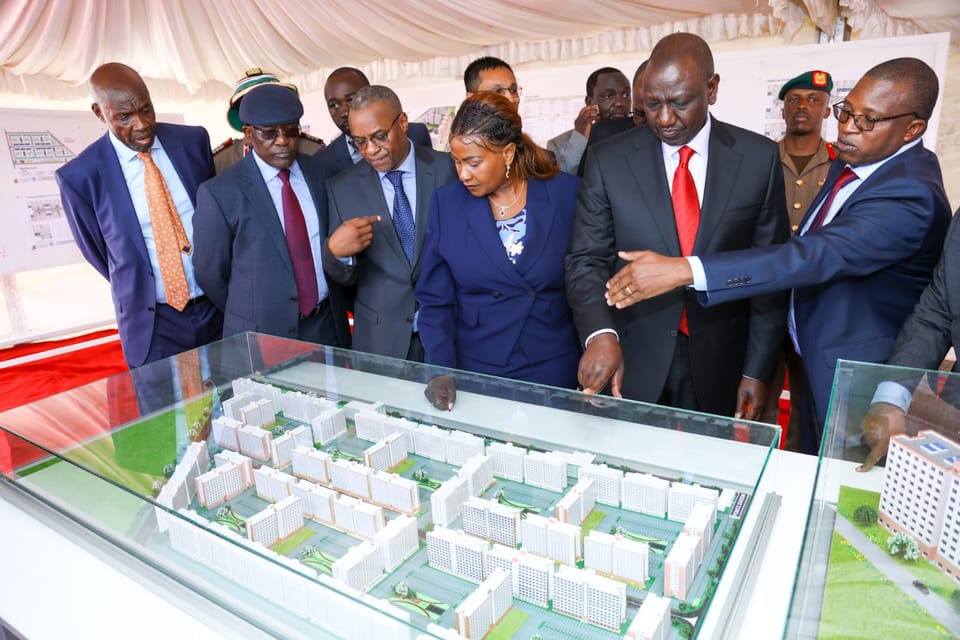Nairobi's Housing Crisis: Are the Poor Being Left Behind?

As Kenya grapples with a severe housing shortage, concerns are mounting that Nairobi's poorest residents might be left behind in the government's ambitious affordable housing program. With a staggering housing deficit of 2 million units in the capital city alone, the stakes couldn't be higher.
President William Ruto's administration has announced plans to deliver its first batch of affordable housing units in 2025, marking a crucial milestone in addressing the urban housing crisis. However, housing advocates and urban planners are raising red flags about who will truly benefit from these developments.
The urgency of the situation is amplified by rapid urbanization and population growth, which continue to strain existing housing infrastructure. "The current housing supply simply cannot keep pace with the growing urban demand," explains a recent housing sector analysis.
Key concerns center around three critical areas: the transparency of the allocation process, the actual affordability of these "affordable" units, and the selection criteria for beneficiaries. Reports indicate that despite the program's noble intentions, the payment terms and pricing structures might still be out of reach for many low-income residents.
As the government prepares for the first phase of unit handovers, questions persist about whether the initiative will truly serve those most in need. Housing experts emphasize the importance of establishing clear, equitable allocation processes to ensure fair distribution among intended beneficiaries.
The success of Kenya's affordable housing program hinges not just on construction timelines, but on its ability to genuinely address the needs of its urban poor. As 2025 approaches, all eyes will be on whether this ambitious project can deliver on its promise of housing for all, or whether it will become another missed opportunity for those at the bottom of the economic ladder.
